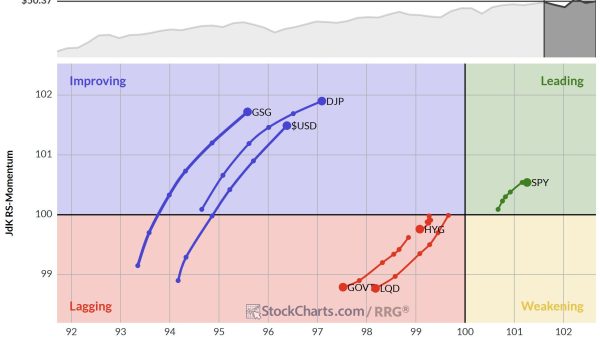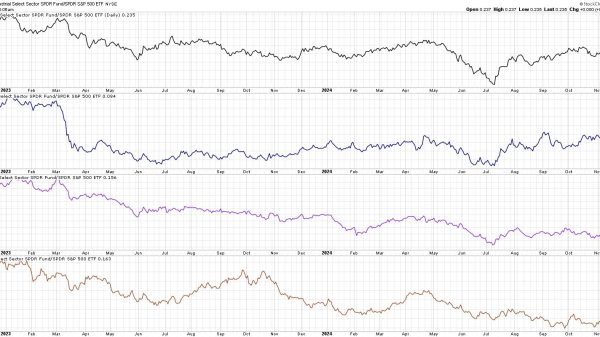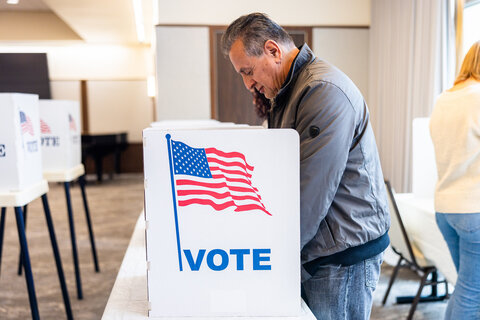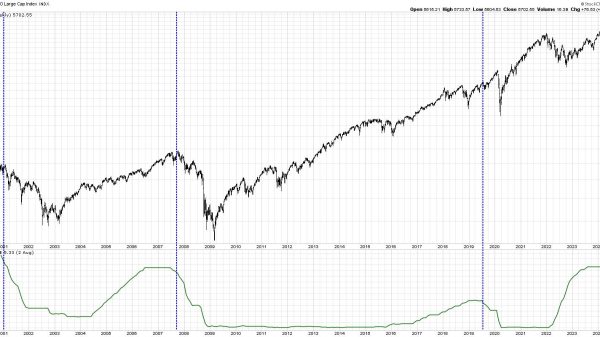On October 17, the Centers for Disease Control and Prevention reported that the rate of teen tobacco smoking and vaping continued to decline over the past year. The report states:
From 2023 to 2024, current (previous 30-day) use of any tobacco product declined among high school students from 12.6% to 10.1%, largely driven by the decline in high school e‑cigarette use (from 10.0% to 7.8%). During 2024, e‑cigarettes remained the most commonly used tobacco product among U.S. youths; nicotine pouches were the second most commonly used tobacco product. (My emphasis added.)
The CDC commits the common error of assuming correlation is causation. By noting both the decline in vaping and teen smoking, the CDC implies a causal link without directly acknowledging other potential factors. However, there is evidence that teen vaping, once fueled by public anti-vaping campaigns, has been a passing fad that is now waning.
Researchers at Brown University, analyzing Monitoring the Future 12th grade data from 2009 to 2018 found teens who used e‑cigarettes may have otherwise smoked tobacco:
Youth e‑cigarette use has increased rapidly, with high prevalence among nonsmoking youth. However, the decline in current smoking among 12th graders has accelerated since e‑cigarettes have become available. E‑cigarette use is largely concentrated among youth who share characteristics with smokers of the pre-vaping era, suggesting e‑cigarettes may have replaced cigarette smoking.
In an interview, one of the study’s authors stated, “The decline in youth smoking really accelerated after the availability of e‑cigarettes.”
CDC researchers should consider the counterfactual. The correlation between teen vaping and teen smoking might be due to “common liability.” In this case, youths’ desire to consume nicotine explains why those who use e‑cigarettes either also use or would otherwise use cigarettes.
True, as the CDC report mentions, tobacco and e‑cigarette retailers are strictly enforcing age restrictions, which might help to explain the coinciding decline of teen vaping and teen smoking. But the decline might also be related to their growing use of nicotine pouches, many of which are tobacco-free. And, as I wrote in National Review earlier this year, nicotine is the addictive component of tobacco smoke, but the harmful substances are tar, carbon monoxide, and other toxic chemicals in the tobacco leaf. Nicotine by itself is relatively harmless, “no more harmful to health than caffeine.”
With teen vaping and smoking both declining, policymakers no longer have an excuse to restrict adults from consuming flavored e‑cigarettes and other nicotine delivery systems that make it easier for them to quit tobacco. They should end the war on tobacco harm reduction.
























